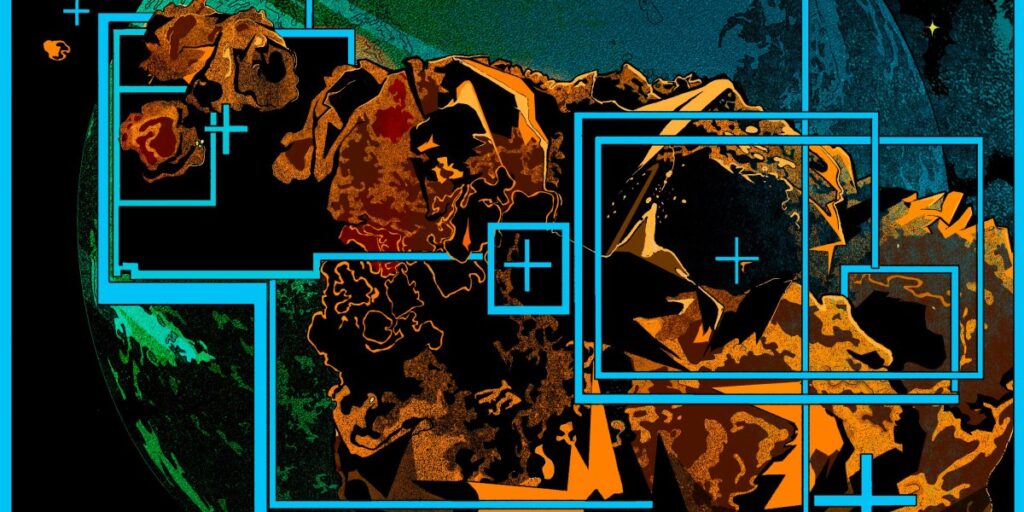If you were told that the odds of something were 3.1%, it might not seem like much. But for the people charged with protecting our planet, it was huge.
On February 18, astronomers determined that a 130- to 300-foot-long asteroid had a 3.1% chance of crashing into Earth in 2032. Never had an asteroid of such dangerous dimensions stood such a high chance of striking the planet. Then, just days later on February 24, experts declared that the danger had passed. Earth would be spared.
How did they do it? What was it like to track the rising danger of this asteroid, and to ultimately determine that it’d miss us?
This is the inside story of how a sprawling network of astronomers found, followed, mapped, planned for, and finally dismissed the most dangerous asteroid ever found—all under the tightest of timelines and, for just a moment, with the highest of stakes. Read the full story.
—Robin George Andrews
This article is part of the Big Story series: MIT Technology Review’s most important, ambitious reporting. The stories in the series take a deep look at the technologies that are coming next and what they will mean for us and the world we live in. Check out the rest of them here.
How scientists are trying to use AI to unlock the human mind
Today’s AI landscape is defined by the ways in which neural networks are unlike human brains. A toddler learns how to communicate effectively with only a thousand calories a day and regular conversation; meanwhile, tech companies are reopening nuclear power plants, polluting marginalized communities, and pirating terabytes of books in order to train and run their LLMs.
Despite that, it’s a common view among neuroscientists that building brainlike neural networks is one of the most promising paths for the field, and that attitude has started to spread to psychology.
Last week, the prestigious journal Nature published a pair of studies showcasing the use of neural networks for predicting how humans and other animals behave in psychological experiments. However, predicting a behavior and explaining how it came about are two very different things. Read the full story.
—Grace Huckins


